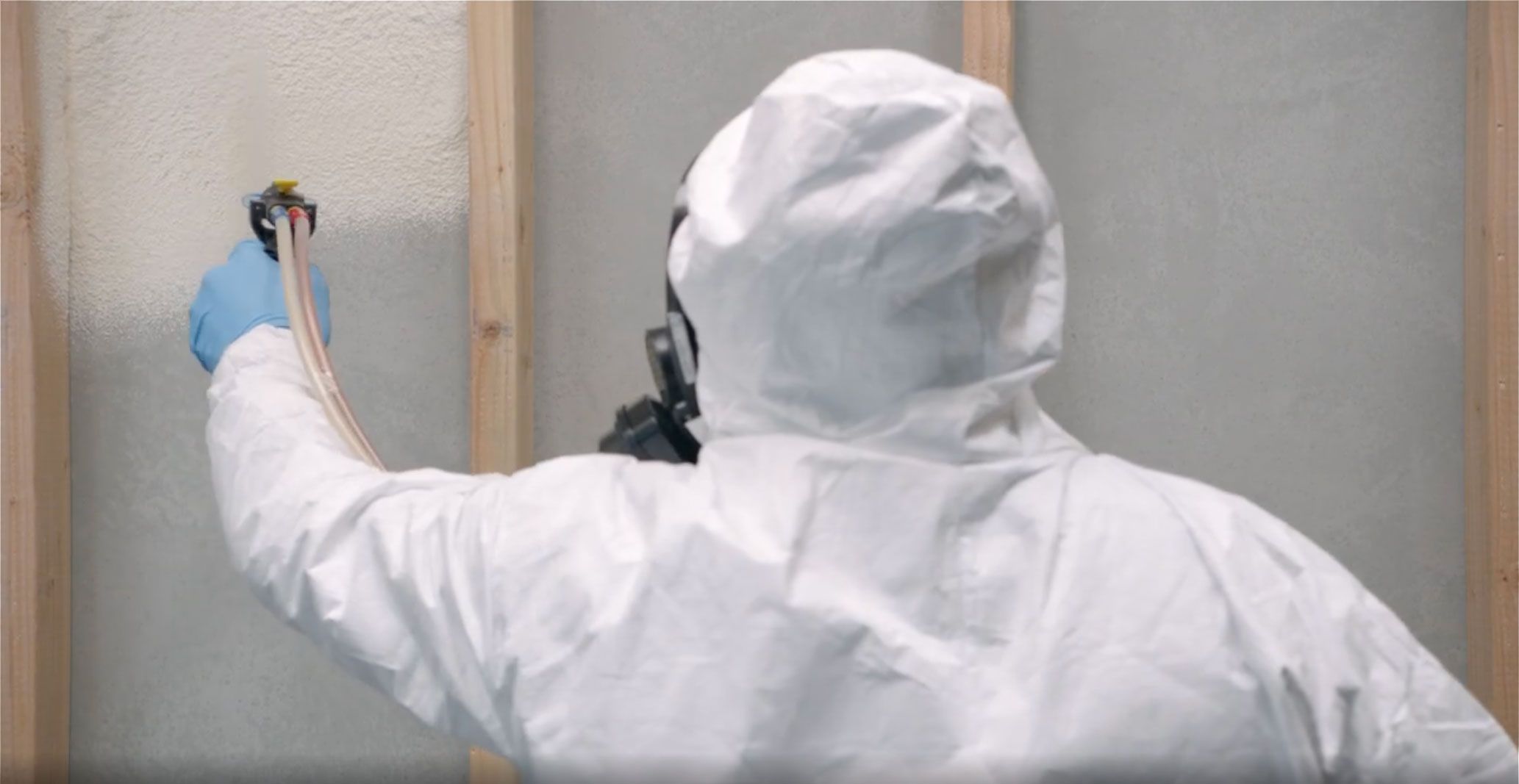How Home Builders Can Achieve Building Excellence Through Airtightness

The narrative of airtightness has shifted from a mere aspiration to a non-negotiable necessity that underpins single-family residential construction. This evolution is driven by a dual mandate for home builders: surpassing homeowner expectations and adhering to stringent building codes.
Blower door testing, for example, has played a pivotal role in this transformation, offering quantifiable targets instead of subjective judgment. The International Energy Conservation Code (IECC) further solidifies this shift by introducing region-specific air leakage requirements, acknowledging climate’s influence on airtightness objectives. This synergy between codes and construction is resulting in prescriptive air sealing checklists, guidelines that have developed from code tables into tailored frameworks that encapsulate energy conservation goals and durability assurances. Builders now possess both the "how-to" and a tangible performance benchmark as airtightness is recognized as a top priority for the industry.
Beyond the Basics
Airtightness intricately weaves together climate, insulation and building height, demanding adaptive strategies. As temperatures drop or structures rise, the dynamic interplay between these variables drives builders to tailor airtightness efforts for a balance between energy efficiency, comfort and structural resilience.
DuPont Performance Building Solutions offers products specially designed and tested to work together to enable a complete building approach. DuPont™ Tyvek® Water-Resistive Barriers (WRBs) and DuPont™ Flashing Systems, for example, help builders control air flow to support building goals. In fact, blower door testing on homes wrapped with a DuPont™ Tyvek® WRB, and detailed appropriately, typically show natural air exchange rates per hour that are well within acceptable guidelines per ASHRAE Standard 62.
That said, airtightness emerges as a key unifier, going beyond walls to ensure efficient, durable and occupant-centric structures. The movement from an abstract concept to an exact measurement mirrors the industry's evolution toward precision, guided by codes that advocate enduring quality.
Crucial Barriers
Key areas for builders to consider when meeting airtightness objectives include:
- Ceilings: The primary air barrier is attributed to the ceiling, with drywall acting as the main air barrier. This concept holds, particularly in northern climates where a membrane might be incorporated. Precise caulking, sealing and taping techniques are crucial to maintain the integrity of this barrier, especially at intersections where ceilings meet walls.
- Attics: Recent industry advocacy for airtightness from the attic underscores its importance. Sealing holes in the attic floor addresses an often-overlooked aspect. The interface between exterior walls and trusses or rafter lines requires attention, as this juncture disrupts the continuous air barrier.
- Garages: Garage connections are frequently glossed over in airtightness efforts, despite their significance. Treating the garage wall as an exterior wall becomes vital. Employing air barrier measures such as water and air resistance barriers or meticulous drywall detailing is essential. The blower door test proves invaluable in assessing airtightness in the house-to-garage interface, bolstering energy efficiency and indoor air quality.
In the quest for building science excellence, airtightness emerges as a foundational principle that shapes outcomes. As the residential construction industry marches forward, airtightness remains a linchpin in achieving energy efficiency, occupant comfort and building longevity. This underscores not only the architectural evolution but also the indelible impact of precision and compliance with codes on the built environment.
For more information, check out the webinar “How to Do it Right the First Time & Why: Meeting and Exceeding Air Tightness Goals.” This webinar also offers attendees the opportunity to claim 1 AIA/HSW Learning Unit (1 LU/HSW).
Keep learning. Keep building better.
Register for updates from the DuPont Performance Building Solutions EDU HUB and we'll keep you current on the latest building insights and training opportunities that will help you to do your best work for your customers.




